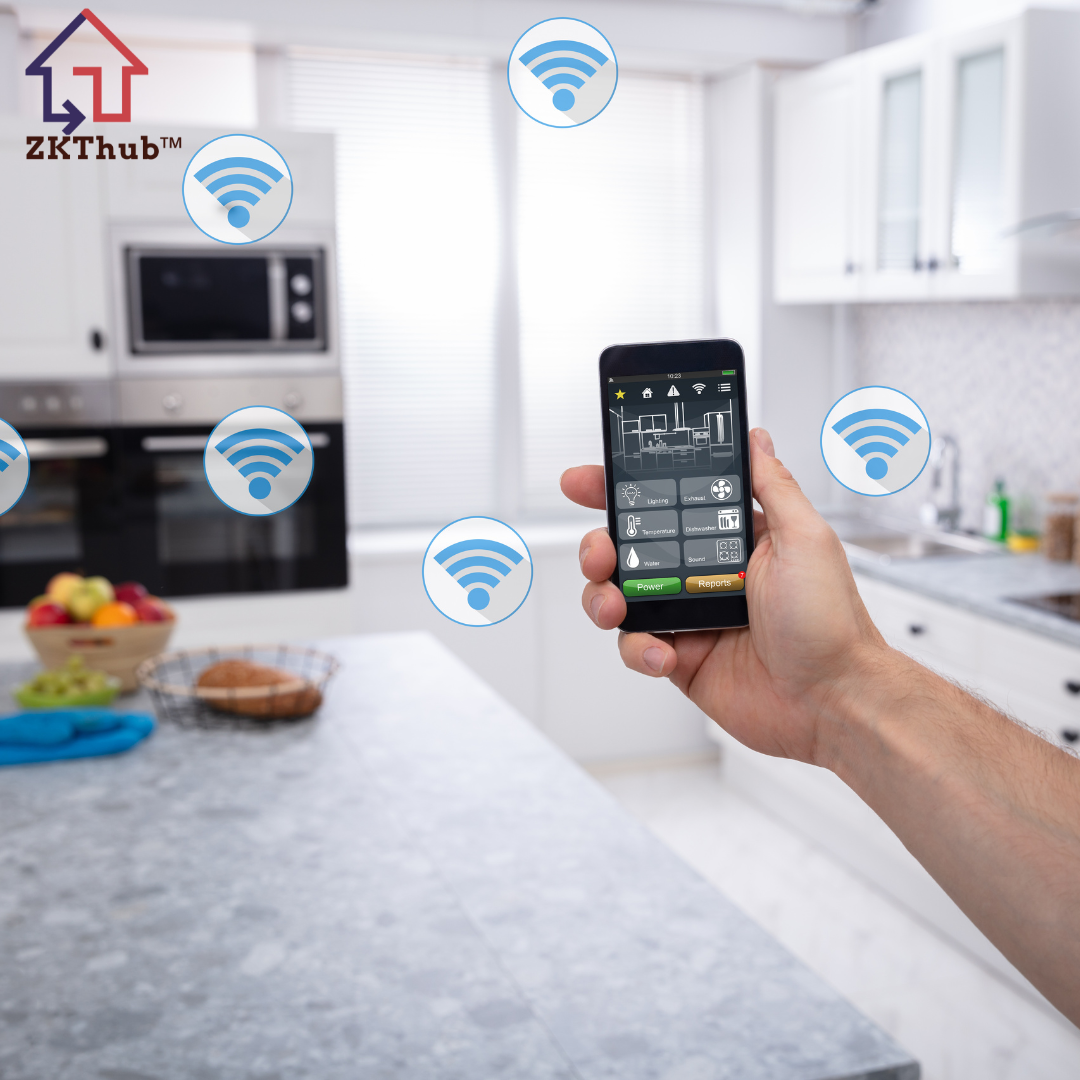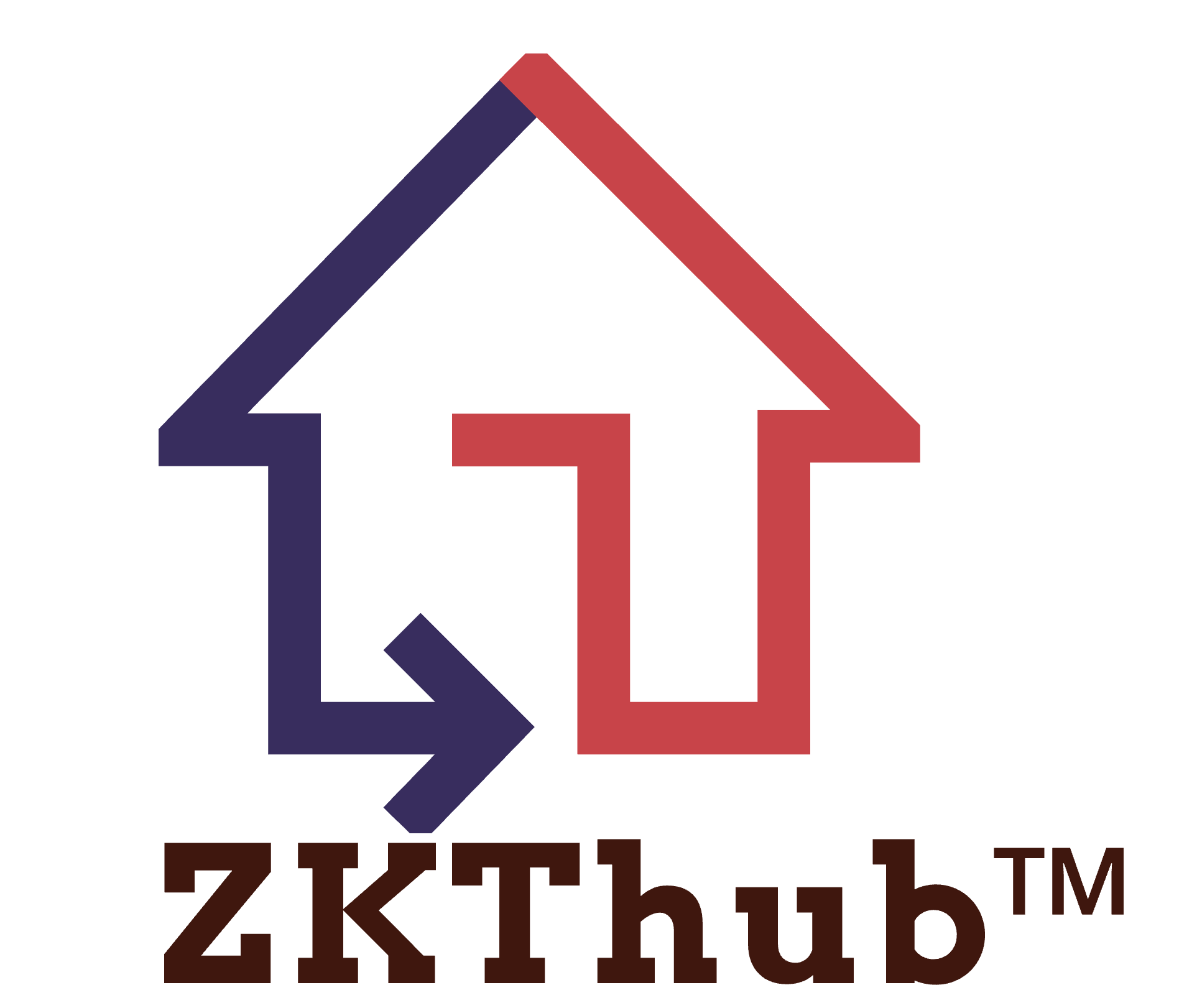Address
Shop No - 4, Near Kodathi Panchayath Office, Kodathi Village, Carmelaram Post, Ambalipura - Sarjapur Road, Bengaluru - 560035Call Us
093802 15771
Home Automation
Monitor and control your home’s devices with enhanced smartphone accessibility
Home automation, also known as smart home technology, integrates various devices and systems within a home to provide centralized control and automation of its functions. This technology offers enhanced convenience, efficiency, security, and comfort, transforming how we interact with our living spaces.
Convenience: One of the primary benefits of home automation is convenience. Homeowners can control lighting, heating, cooling, and appliances with just a few taps on their smartphones or through voice commands. For instance, you can program your lights to turn on and off at specific times or adjust your thermostat remotely to ensure a comfortable temperature upon arrival. This level of control simplifies daily routines and adapts to individual preferences.
Energy Efficiency: Home automation significantly enhances energy efficiency. Smart thermostats learn your schedule and adjust heating and cooling to minimize energy consumption. Automated lighting systems can turn off lights when rooms are unoccupied, and smart plugs can cut power to devices in standby mode. These features help reduce energy bills and contribute to environmental sustainability.
Security: Security is a critical aspect of home automation. Integrated security systems include smart locks, surveillance cameras, motion sensors, and alarm systems that can be monitored and controlled remotely. You can receive real-time alerts on your smartphone if any unusual activity is detected, view live camera feeds, and lock or unlock doors from anywhere. This ensures that your home is always secure, even when you’re not physically present.
Comfort: Home automation also enhances comfort and entertainment. Smart home devices like multi-room audio systems, automated blinds, and intelligent kitchen appliances create a more enjoyable living environment. Voice assistants like Amazon Alexa or Google Assistant can control various smart devices, play music, provide weather updates, and answer questions, making everyday life more pleasant and streamlined.
Integration and Customization: Modern home automation systems offer high levels of integration and customization. Devices from different manufacturers can often work together seamlessly through platforms like Apple HomeKit, Google Home, or Amazon Echo. This interoperability allows homeowners to create personalized automation routines, such as morning wake-up sequences that gradually turn on lights, start the coffee maker, and play your favorite news podcast.

What is Home Automation?
Home automation, also known as smart home technology, refers to the integration and control of various household systems and devices through a centralized network. This technology allows homeowners to automate and remotely manage functions such as lighting, heating, cooling, security, and entertainment using smartphones, tablets, or voice commands.
- Crime prevention
- Industrial processes
- Traffic monitoring
- Transport safety
- Sporting events
- Monitor Employees
- Institutions
- Criminal use
- Home security

Details of Accessories
Home automation accessories enhance the functionality and integration of smart home systems, providing convenience, security, and efficiency. Key accessories include:
- Smart Speakers: Devices like Amazon Echo or Google Home enable voice control of various smart home functions, from playing music to controlling lights and thermostats.
- Smart Lights: Bulbs and switches that can be controlled remotely or set on schedules, offering customizable lighting solutions that can save energy and enhance ambiance.
- Smart Thermostats: Devices like the Nest or Ecobee that learn your schedule and preferences to optimize heating and cooling, providing comfort and energy savings.
- Security Cameras: Indoor and outdoor cameras that offer real-time monitoring, motion detection, and alerts to enhance home security.
- Smart Locks: Keyless entry systems that allow remote locking and unlocking, access control, and monitoring of door activity.
- Motion Sensors: Devices that detect movement and can trigger alarms, lights, or other actions, enhancing security and automation capabilities.
- Smart Plugs: Outlets that can be controlled remotely to turn devices on and off, helping to save energy and automate appliances.
- Door and Window Sensors: Sensors that detect when doors or windows are opened or closed, providing security alerts and automation triggers.
- Smart Appliances: Connected kitchen and home appliances that can be controlled remotely, such as refrigerators, ovens, washing machines, and vacuum cleaners.
- Smart Hubs: Centralized devices like Samsung SmartThings that connect and manage various smart devices, enabling seamless integration and control.
- Automated Blinds and Shades: Window treatments that can be scheduled or controlled remotely to adjust lighting and privacy.
- Video Doorbells: Doorbells with built-in cameras that allow you to see and communicate with visitors remotely.
- Leak and Smoke Detectors: Sensors that alert you to water leaks or smoke, helping to prevent damage and ensure safety.
- Garage Door Openers: Smart systems that allow you to open and close your garage door remotely and monitor its status.
These accessories work together to create a cohesive and efficient home automation system, enhancing convenience, security, and energy management for a smarter living environment.
